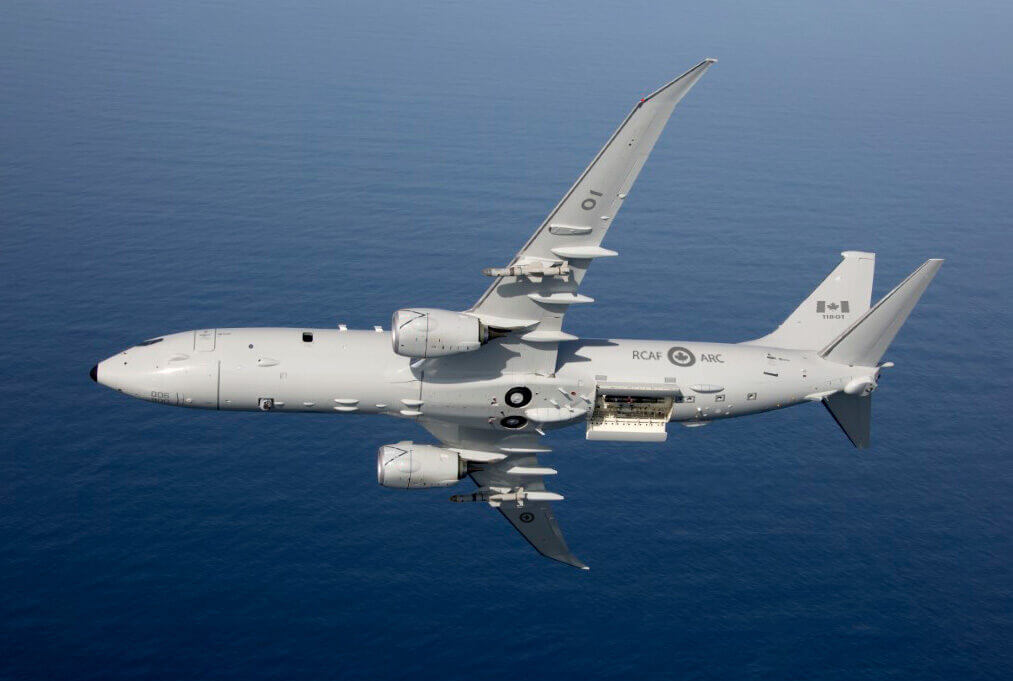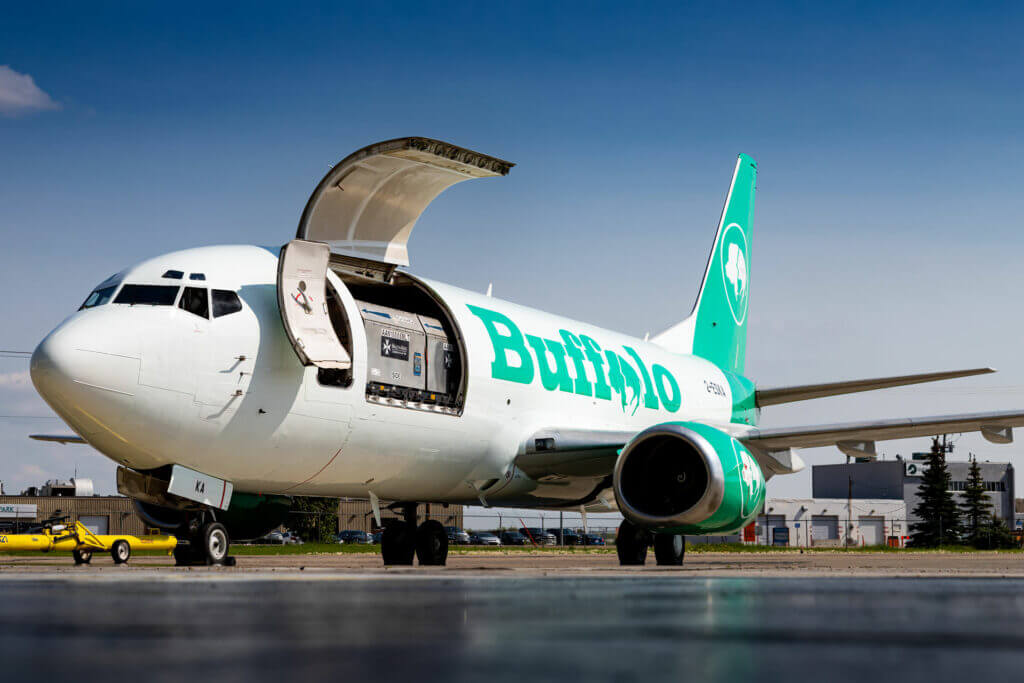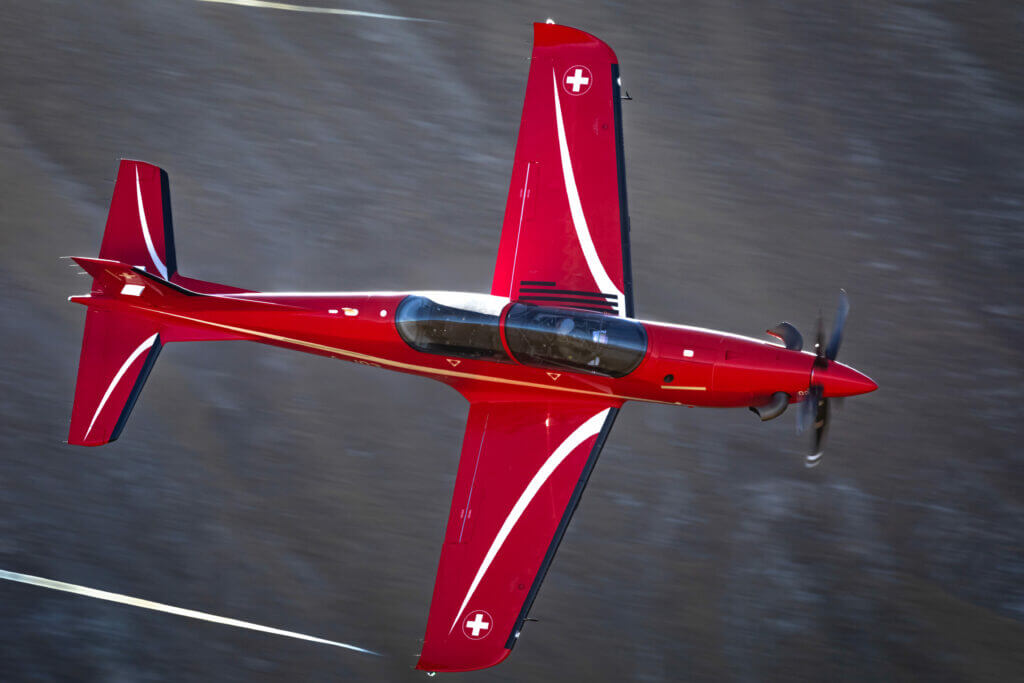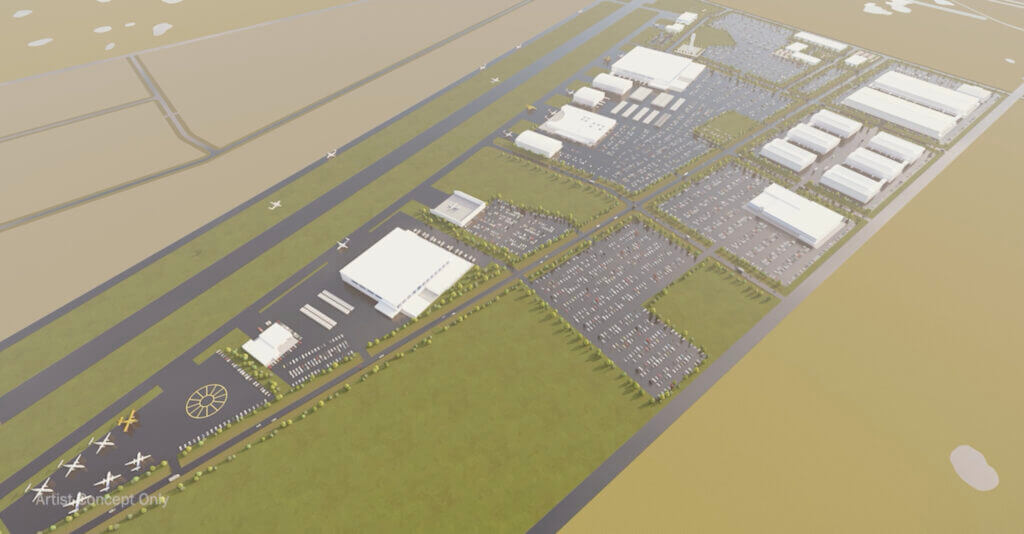
 By
By Skies Magazine |
December 27, 2023
Estimated reading time 12 minutes, seconds.
It has been an eventful year for aviation — from new acquisitions, to new developments, to new regulations. As 2023 comes to a close, we’ve rounded up the 10 most popular articles on skiesmag.com this year. Here’s a brief recap of each story, with links to the original articles (click on the titles). In the meantime, the Skies team would like to take this opportunity to wish all our readers a very Happy New Year and blue skies for 2024!

 Warwick Patterson Photo
Warwick Patterson Photo
B.C.-based Sealand Aviation has modified the iconic de Havilland Canada DHC-2 Beaver by installing a V-12 piston engine, the A03-005 model, from German company RED Aircraft. The modified aircraft, powered by the RED A03-005 engine, flew for the first time in February 2023, featuring avionics upgrades, cabin refurbishment, and a new paint scheme. Sealand Aviation anticipates obtaining the Canadian type certificate and Federal Aviation Administration STC in the first quarter of 2024.

 Boeing Photo
Boeing Photo
The federal government in November 2023 finalized an agreement with the United States government to acquire up to 16 Boeing P-8A Poseidon multi-mission aircraft to replace the Royal Canadian Air Force fleet of CP-140 Aurora maritime patrol aircraft. A disappointing result for Bombardier, the US$5.9 billion deal includes 14 P-8 aircraft, with options for up to two more, as well as associated equipment, training devices, and initial sustainment.

 Alex Praglowski Photo
Alex Praglowski Photo
Buffalo Airways received its first jet aircraft, a Boeing 737-300SF, on Aug. 3, 2023. The 1986 jet was acquired from European Aviation Group, and was formerly operated by Swiftair based in Madrid, Spain. Buffalo’s 737 (tail number “C-FBAE”) is based in Edmonton, where it operates Monday through Friday for overnight freight deliveries to Yellowknife, N.W.T. Entry into service was delayed to late summer 2023 due to maintenance and regulatory issues.

 Rein Luehof Photo
Rein Luehof Photo
SkyAlyne Canada, a partnership between CAE and KF Aerospace, has proposed a mix of fixed- and rotary-wing aircraft for the Royal Canadian Air Force’s Future Aircrew Training (FAcT) program. The training is to be provided at existing locations in Moose Jaw, Portage la Prairie, and Winnipeg, with focus on a re-imagined sequence and format using new equipment and fleets of training aircraft. The proposal includes aircraft such as the Grob 120TP for basic flying training, Pilatus PC-21 for advanced fixed-wing training, Airbus H135 for advanced rotary-wing training, and Dash 8-400 for airborne electronic sensor operator training.

 Alex Praglowski Photo
Alex Praglowski Photo
WestJet operated the first revenue flight of its modified Boeing 737-700 aircraft with Aero Design Labs’ drag reduction kit in March 2023. The kit (ADRS 1), designed to reduce interference drag around the fuselage, includes modified fairings on the wings, fuselage, wingtips, and landing gear, as well as strategically placed vortex generators. WestJet was the second airline to operate a revenue flight with the kit, following Southwest Airlines. The ADRS 1 kit is expected to result in fuel cost savings of approximately $12,000 per month, and reduce over 40 tons of CO2 per aircraft per month.

 Boom Image
Boom Image
Boom Supersonic’s Overture Superfactory at the Piedmont Triad International Airport, set for completion in mid-2024, is being strategically built in segments, with the primary focus on the first final assembly line designed to produce up to 33 Overture supersonic airliners per year. As of June 2023, the commercial order book for Overture included 130 aircraft from major carriers like United Airlines, American Airlines, and Japan Airlines. Boom plans to launch production in 2025, with the inaugural flight scheduled for 2027 and certification in 2029.

 DHC Image
DHC Image
De Havilland Aircraft of Canada is promoting Wheatland County in Alberta as the ideal location for its proposed manufacturing plant, named De Havilland Field, to be used for final assembly of the DHC-515 Firefighter, DHC-6 Twin Otter, and Dash 8-400. While supporters anticipate job creation and economic diversification for Alberta, concerns were raised during the environmental review process, including those related to Indigenous rights, greenhouse gas emissions, and impacts on agriculture. De Havilland requested a temporary suspension of the regulatory timeline to address these issues. If approved by the end of 2023, the project is planned to be completed in six phases by 2033.

 Stephen Fochuk Photo
Stephen Fochuk Photo
Canadian pilots are emphasizing the need for a living wage, and say factors contributing to the pilot shortage include financial constraints on pilot training, low wages, and unattractive working conditions. They argue that operators, especially those in northern and remote areas, must provide reasonable compensation packages to attract and retain experienced pilots. The implementation of new flight duty time regulations is seen as a positive step for pilot safety, but pilots insist that fair compensation is crucial for long-term retention.

 Derek Heyes Photo
Derek Heyes Photo
Many have argued that there is a host of challenges facing Canadian national search-and-rescue policy and governance, with the CC-295 Kingfisher and CH-149 Cormorant programs serving as key examples. In early 2023, professor Martin Shadwick, former editor of Canadian Defence Quarterly and resident defence commentator for the Canadian Military Journal, provided an in-depth analysis of the issues that plague the Kingfisher and Cormorant upgrade initiatives.

 Lawrence Glew Photo
Lawrence Glew Photo
The first CC-330 Husky, the Royal Canadian Air Force version of the Airbus A330 MRTT, arrived in Canada in late August 2023, marking the beginning of the fleet replacement for the aging CC-150 Polaris in the strategic tanker transport capability role. The Canadian government awarded Airbus Defence and Space a $3.6 billion contract for four new A330 MRTTs and the conversion of five used A330-200s to the MRTT configuration. The fleet of nine CC-330 aircraft is expected to be fully operational by 2027, with the first converted MRTT entering service by 2025.